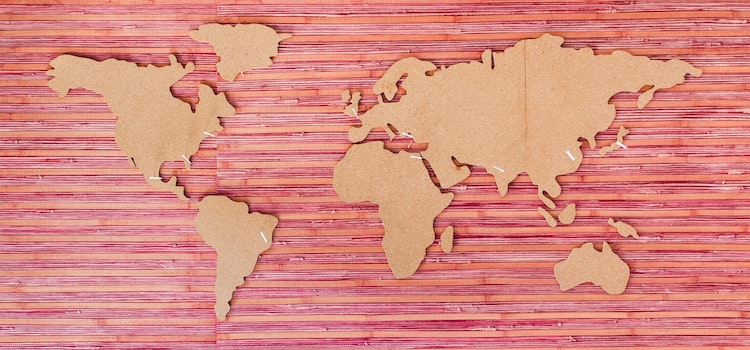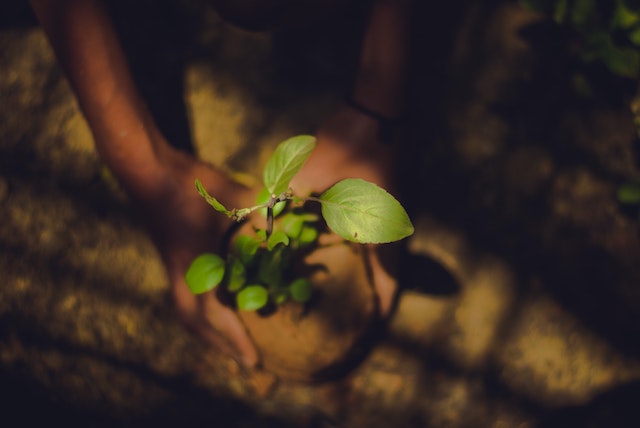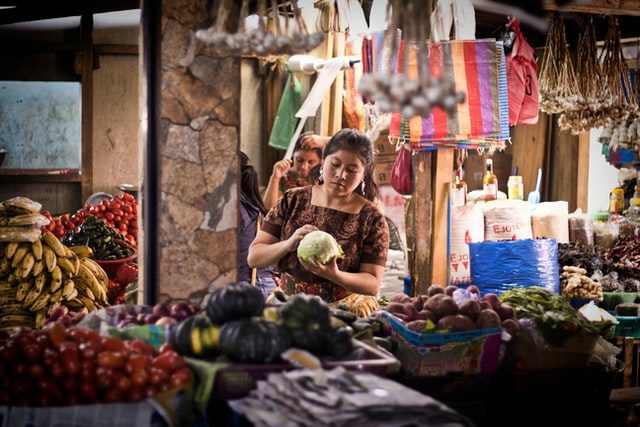Thinking about the impact your gap year abroad has on the planet? We are too. From international flights, to travel gear, to the types of activities you do, the products you consume, the businesses you support, and the places you visit while taking a gap year… the choices you make have an impact on communities, environments and economies. There is a lot to consider!
Is it possible to take a gap year in a more sustainable way – in a way that will have a positive impact on the people and places you interact with?
We think so! The following are things to think about before, during, and after your gap program to help you make it more sustainable.
Before You Go
Where will you go?
Some destinations have more fragile ecosystems and the environmental impact of tourism has been very high. Similarly, places that are over touristed can experience negative social and cultural impacts. Start by being aware of where you’re going and what benefits and challenges forign travelers bring. If you’re traveling with Carpe Diem, consider asking your Program Director what considerations they had in mind when planning your itinerary.

How will you get there?
Maybe your gap semester or year will happen more locally, and you can get around on foot or bike. Maybe you’ll bus, train or drive to a domestic destination a bit further from home. If you’re traveling internationally however, you’ll likely need to fly. Unfortunately, greenhouse gas emissions from air travel are increasing. Even as airlines become more efficient, demand for air travel has increased and is still a contributing factor to climate change. If air travel is unavoidable, consider carbon offsetting to help reduce the impact of your flight.

What will you bring?
It might feel daunting to think about fitting everything you need for three months in one backpack. And even more daunting if you feel like you have to purchase new gear for your trip! We recommend two things.
First, bring as little as possible! You truly do not need as much as you might think. Try and minimize, knowing that, if you really need to, you can pick up an extra shirt or a new bar of soap once you arrive.
Second, bring used or borrowed gear! Since you’re bringing as little as possible, the clothes you do bring are likely to get worn a lot. Bring things that you already have, that you know are comfortable, that you wouldn’t mind getting dirty. If you don’t have a backpack or other necessities, ask your community if there are things you can borrow. Try FaceBook “Buy Nothing” groups or other resources sharing platforms in your area.
Alternatively, you can shop for used gear online or in person, depending on where you live. Stores like REI often have used gear sales; you can also look online at craigslist or ebay for used gear. If you plan your trip in advance, it gives you time to collect the things you’ll need without needing to purchase things brand-new.
While You're There
What will you do?
The types of activities you do during your gap year trip make a difference! Consider what you can do during your gap year that will make a positive impact. On our programs, we include activities like working with locally organized reforestation efforts, learning about the impacts of resource extraction from community members directly impacted, spending time on organic farms, helping with construction projects using natural or recycled materials, practicing local languages, and overall approaching our semesters with a desire to learn from those hosting us.

Who will you support?
Wherever you go, support the local community! Eat local food and at locally run restaurants. Stay in homestays or in locally owned and run hostels or hotels. Take tours with local guides. Volunteer with organizations that are run by the communities they serve. We encourage you to also seek out and support businesses and organizations owned, run, or in support of indigenous or other historically marginalized communities in the areas where you travel.

What kind of guest will you be?
Remember that you are in someone else's home! Reducing the amount of resources, like water or energy, that you use and the waste, like non biodegradable packaging or plastics, you produce, can have a big impact! And sustainability isn’t just about being environmentally conscious, it’s about being socially conscious too. Respecting the cultures and traditions of those in the communities you visit helps support cultural sustainability.
When You Come Home
How will you share your experience?
Photography, and, more specifically, photography posted on social media, has become one of the primary ways we share our experiences with others. Check out our previous blog post on Ethical Photography and make sure you are thinking critically about what photos you are taking and sharing.
And if you’re going to bring home souvenirs, don’t forget to use your dollars to support sustainable, locally owned businesses. Try to find things that are made locally and that will prompt stories about meaningful interactions you had or things you learned.
What will you do next?
You did it! You had an amazing experience; you learned and grew in ways you never imagined. What next? Find ways to carry forward what you’ve learned about sustainability through your experience. Are there places in your home community where you can volunteer? Could you fundraise for projects you found to be doing meaningful work during your Carpe Diem gap year? Maybe you’ll study something related to sustainability? Or engage in activism around climate change? We’d love to hear how you are continuing to engage with sustainability after your semester ends. Share what you are doing on Instagram and don’t forget to tag us @carpegapyear!

